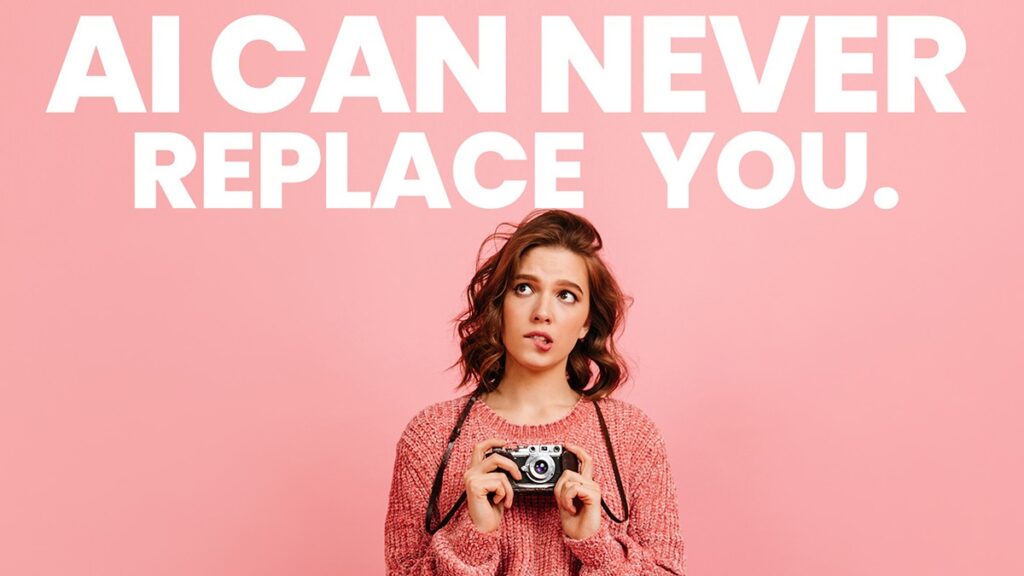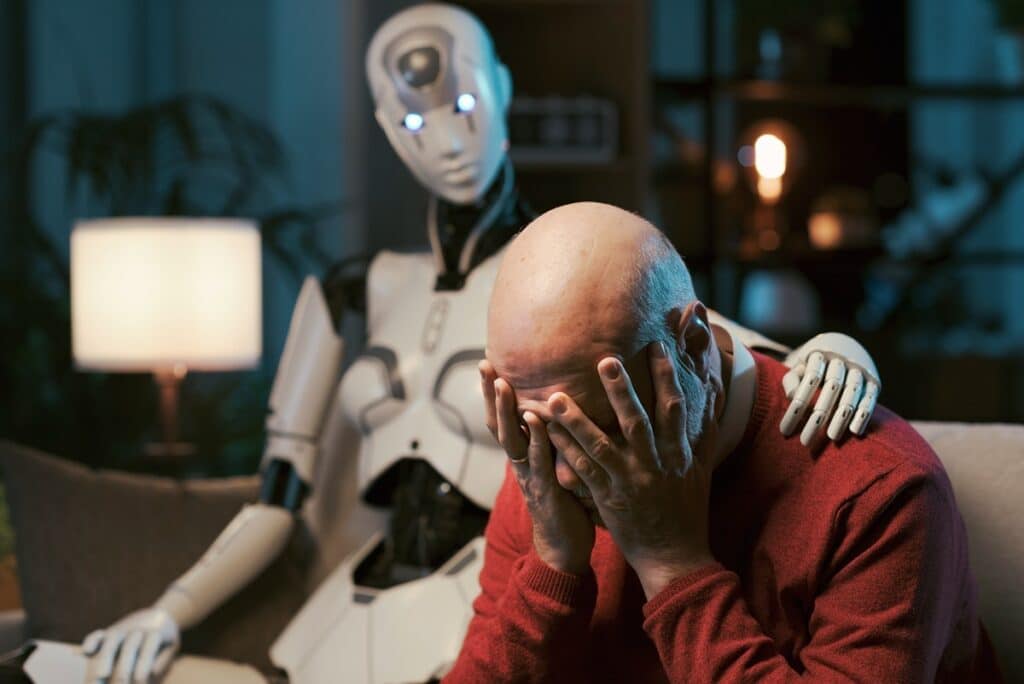
In the world of rapidly advancing technology, artificial intelligence (AI) has made significant strides in various industries, promising to revolutionize the way we work and live. One such industry that felt the waves of change was photography. With the rise of AI-powered image processing and automation, there was a bold attempt to replace photographers with AI-driven systems. However, this endeavor turned out to be far from successful, revealing the irreplaceable essence of human creativity and connection in the art of photography.
The Promise of AI in Photography

The idea of using AI to replace photographers seemed promising on the surface. AI algorithms could analyze vast amounts of data, recognize patterns, and process images with unparalleled speed and precision. The concept was enticing: a machine that could capture and edit images without the need for human intervention, potentially cutting down costs and increasing efficiency in various photography-related industries.
AI-Powered Tools and Their Shortcomings
Several AI-powered tools emerged, promising to redefine the photography landscape. Automated photo editing software claimed to enhance images effortlessly, applying filters and adjustments based on AI’s analysis of aesthetics and trends. AI-driven cameras were touted as devices that could capture images with optimal settings in any scenario, supposedly rendering human photographers obsolete.
However, as these tools were put to the test, their shortcomings became evident. While AI could perform basic adjustments, it lacked the nuanced understanding of artistic vision and emotion that photographers bring to their work. Automated editing often resulted in cookie-cutter images that lacked the personal touch and unique style that photographers could provide.
The Emotional Connection

Photography is not just about capturing moments; it’s about telling stories, evoking emotions, and capturing the essence of a subject. Human photographers have the ability to connect with their subjects on a personal level, establishing trust and rapport that AI simply cannot replicate. A compassionate photographer can capture a genuine smile, a subtle glance, or a heartfelt moment that AI would miss.
Artistic Vision and Creativity
One of the most significant failures of AI in replacing photographers was its inability to replicate human artistic vision and creativity. Photographers bring their unique perspectives, creativity, and imagination to their work, crafting images that are not just technically proficient but emotionally resonant. The process of framing a shot, selecting the right angle, and capturing the perfect lighting involves an artistic intuition that AI lacks.
Adaptability and Unpredictability
Photographers often encounter unpredictable situations that require quick thinking and adaptability. Whether it’s capturing candid shots at a wedding or adjusting settings on-the-fly during a photoshoot, the ability to respond to unexpected challenges is a hallmark of skilled photographers. AI, despite its advanced algorithms, struggles to respond effectively to these dynamic situations, often resulting in missed opportunities.
The Human Touch

Ultimately, the concept of replacing photographers with AI failed because it underestimated the value of the human touch. The emotional connection, artistic vision, creativity, adaptability, and the ability to infuse photographs with a sense of soul cannot be replicated by machines. Photographers don’t just capture images; they capture experiences, memories, and stories that resonate with individuals on a deeply personal level.
Conclusion
The journey to replace photographers with AI in the realm of photography was a grand experiment that ended in failure. While AI undoubtedly has its place in image processing and enhancement, it lacks the essential qualities that make human photographers truly irreplaceable. The fusion of technology and human creativity will likely continue to shape the future of photography, but it’s clear that the magic of capturing meaningful moments will always be a craft best entrusted to human hands and hearts.
Today, we are introducing four widgets, that help you create compelling blog posts. Once we release the theme builder, these widgets will be an integral part of your blog post design process.
Until the theme builder is released, use these widgets to add breadcrumbs, comments, author boxes, and post navigation to your landing pages built with the canvas template.



